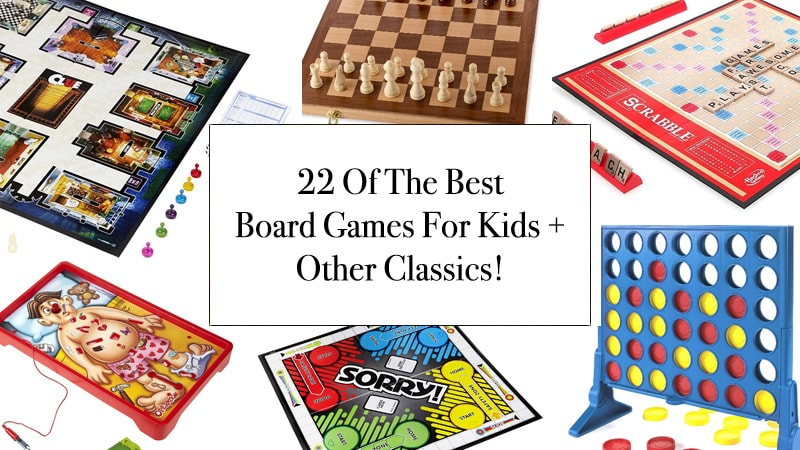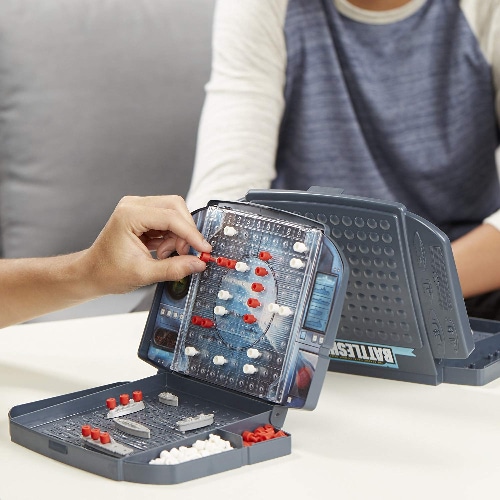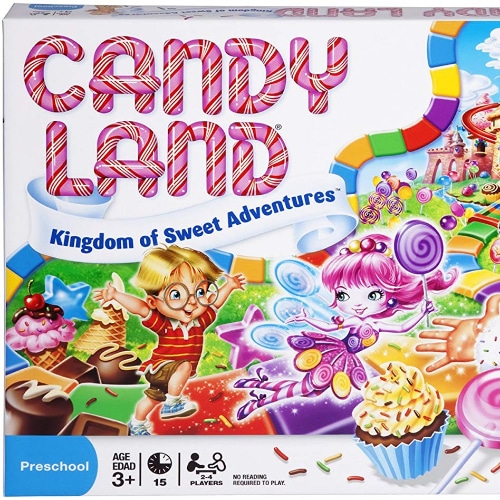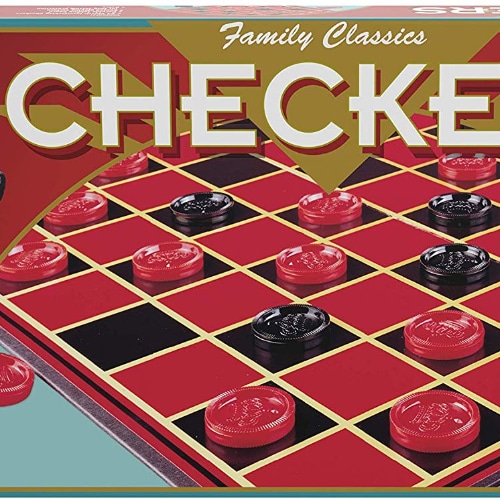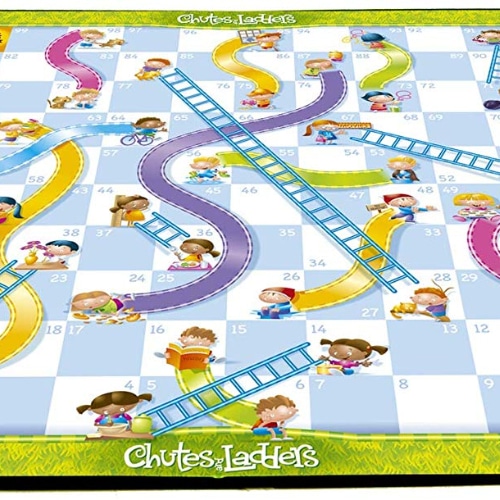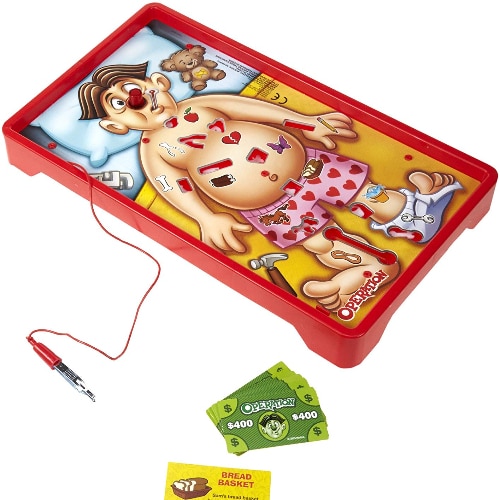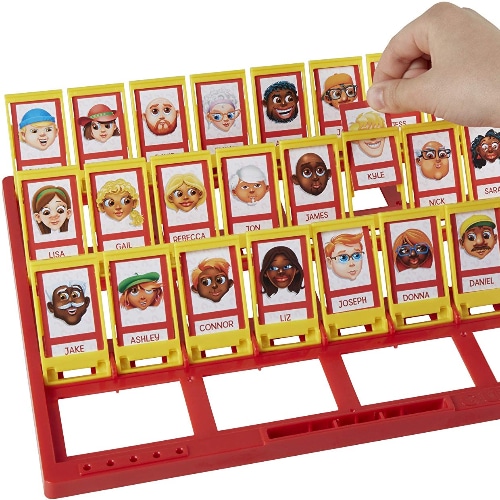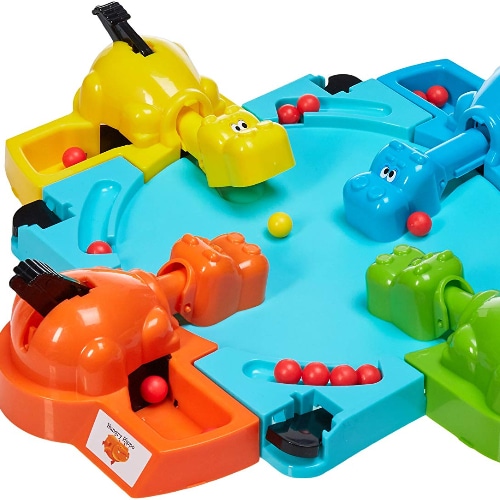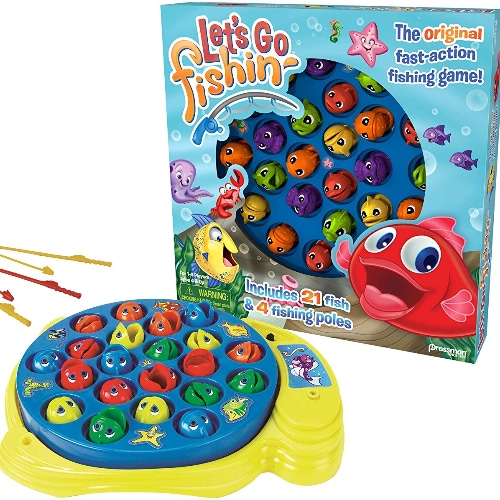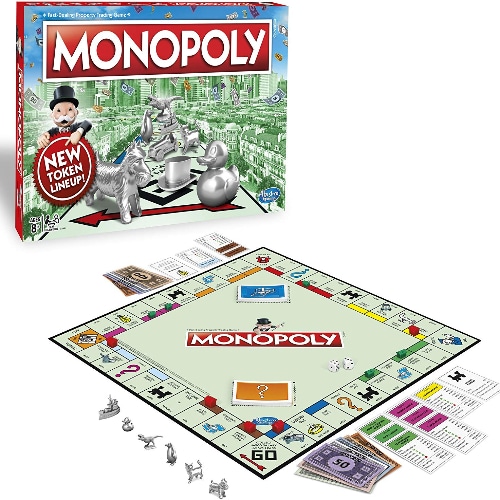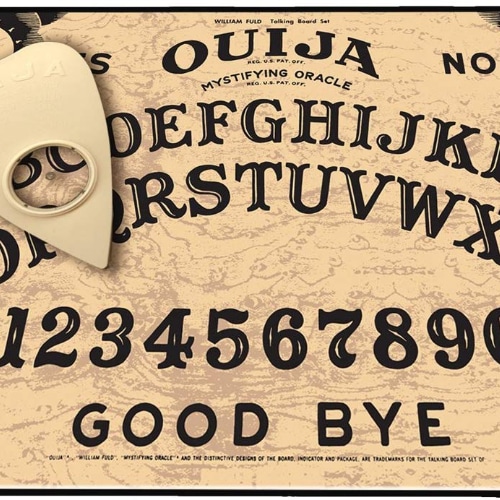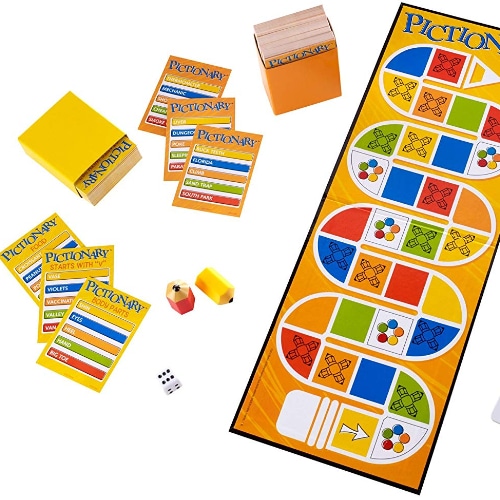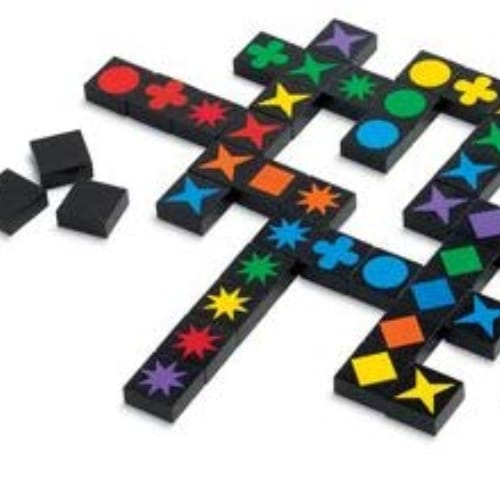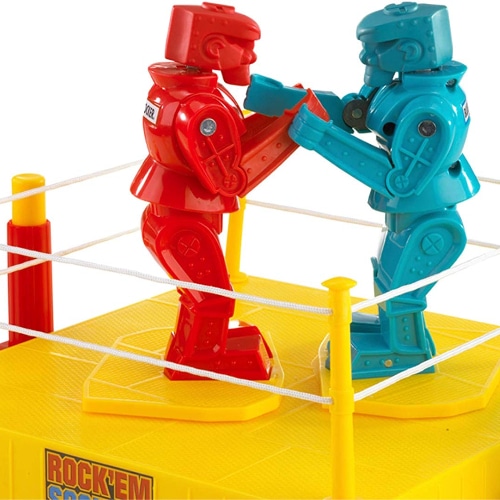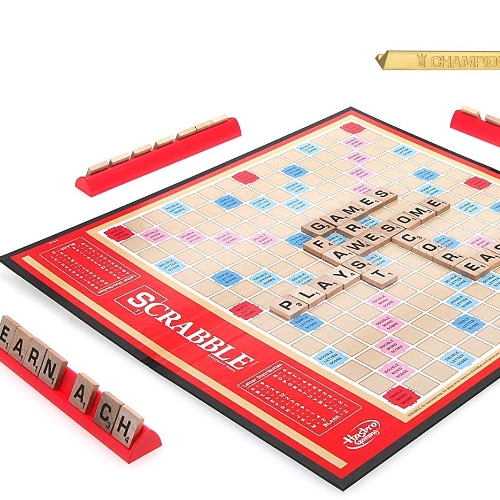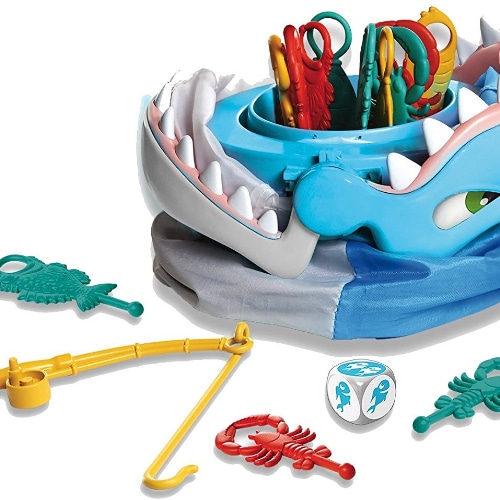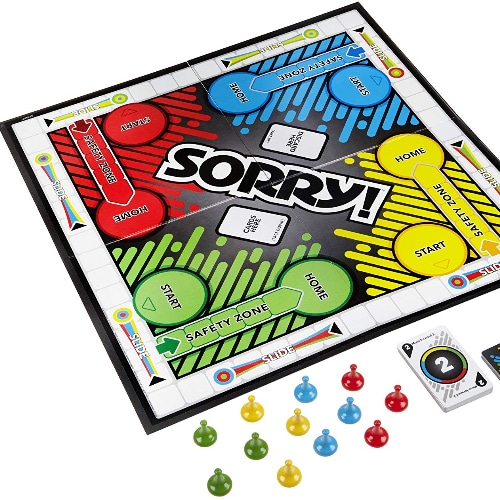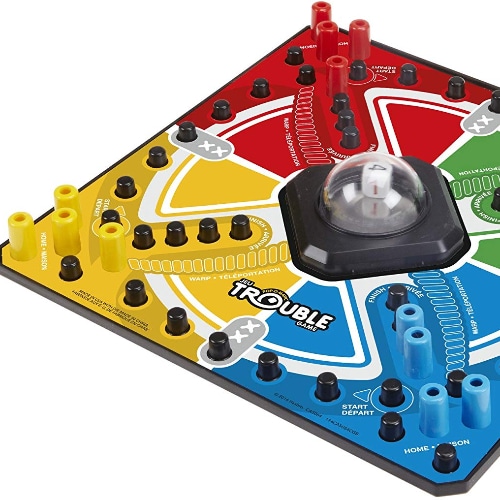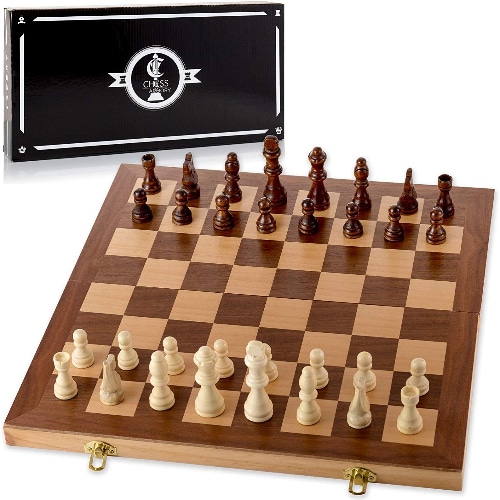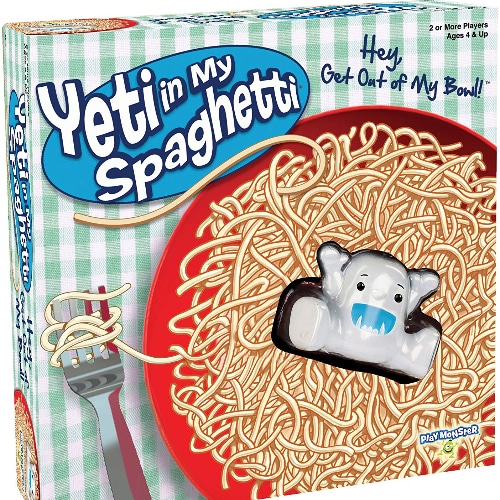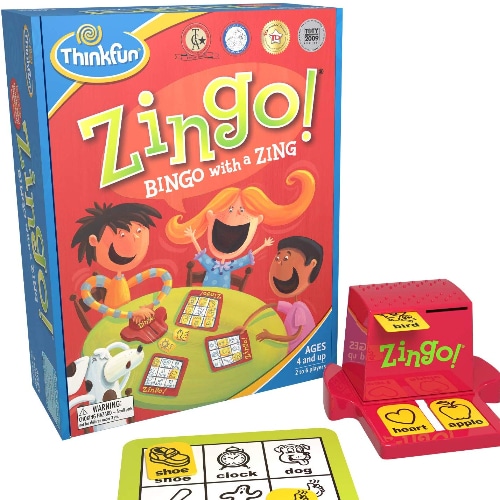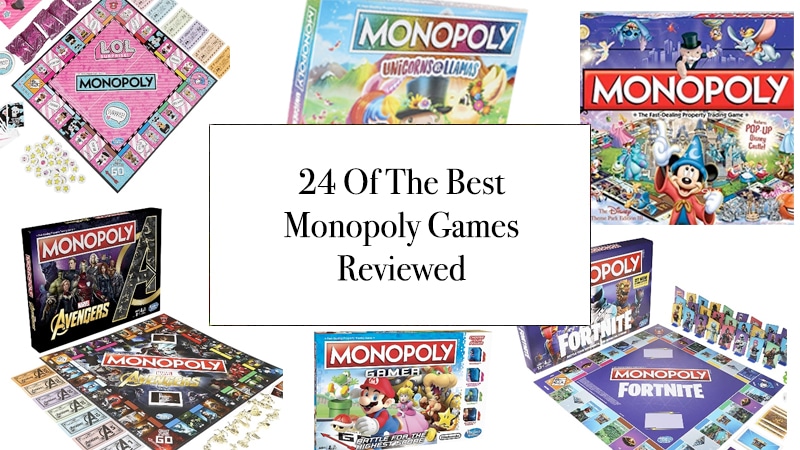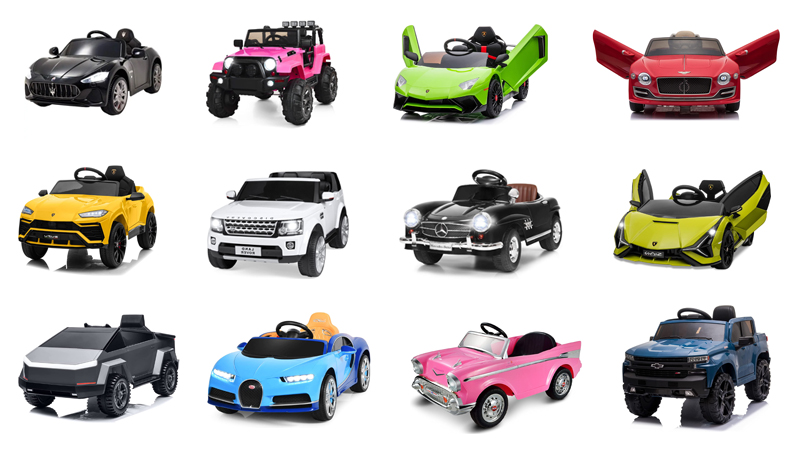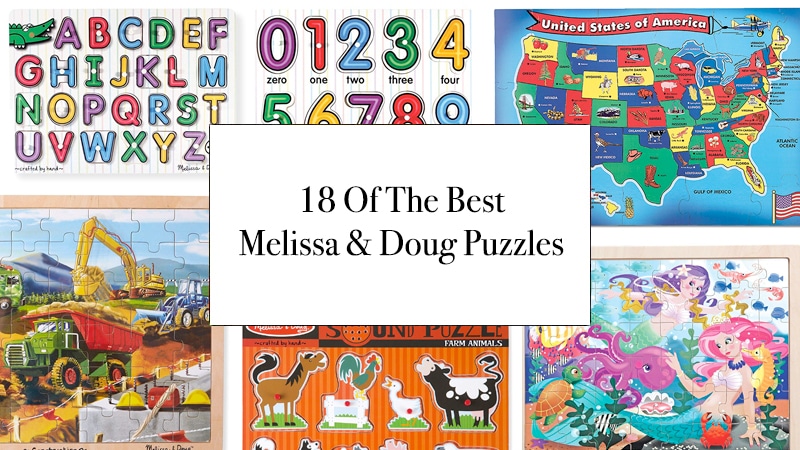Whether it is Family Game Night or a One vs. One sibling square off, board games continue to be one of the most abundant sources of ongoing entertainment and joy that we have in our lives. As your child grows, making frequent additions to their board game collection is a great way to ensure that there is always something fun to do around the house.
Millennia-old games like Chess and Checkers don’t seem like they’re ever going to get old, while the new-classics feel as fresh today as they did when you were a kid.
We’ve shuffled the cards and thrown the dice, so to speak, revisiting some of the most popular board games and getting to know a couple of brand new ones. Now, we’re presenting you with 22 of the best board games we found, followed by a handy guide on how to select the right one for you.
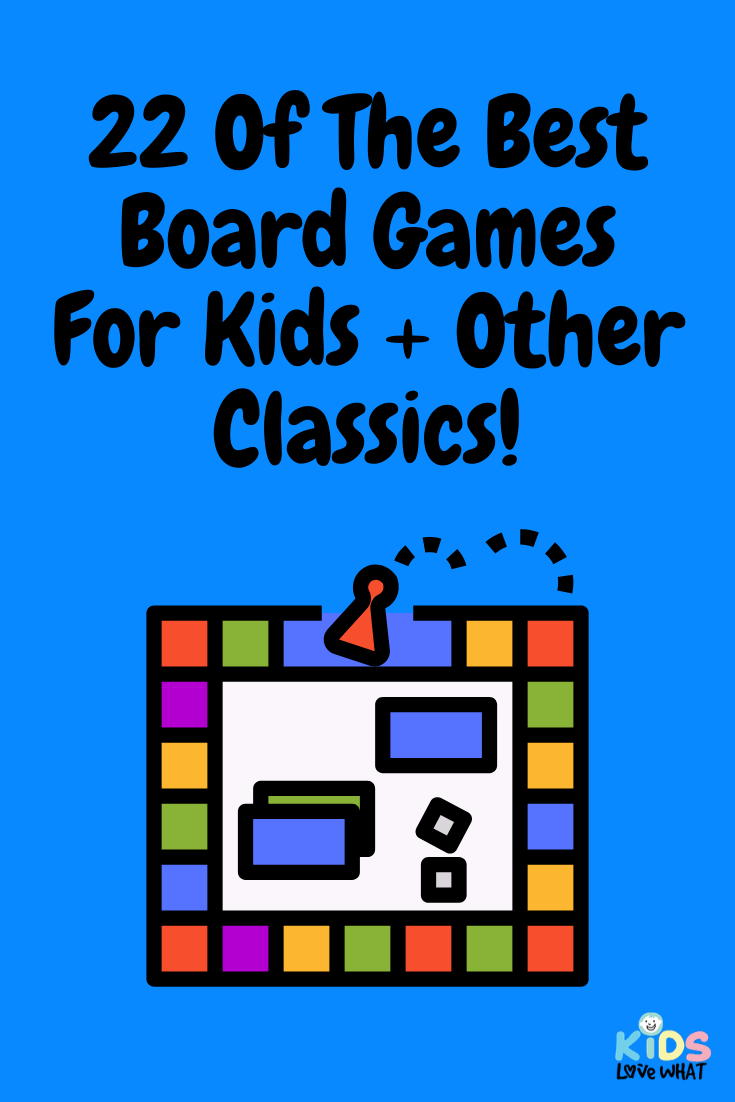
Battleship Portable
Although it’s not like there are a ton of naval strategy games out there, Hasbro’s Battleship has managed to set itself apart from the sea of competitors in a lot more departments than just the subject matter. Battleship is one of the most engaging and competitive 1-on-1 games that has ever been made, and the game’s staying power over the years is a real testament to this. The game works by arranging your battleship pieces on a numbered pegboard. Fire missiles by declaring the grid position that you intend to attack. If you score a hit, then you might hear something familiar … “You sunk my battleship!”
Candyland
Also known as the KINGDOM OF SWEET ADVENTURES, Candyland is a great board game for a slightly younger audience, with a recommended age requirement of 3 and up. With its bright colors, simplistic gameplay, and memorable characters, Candyland is sure to capture the ongoing attention of even the most distracted toddlers. In Candyland, your kid will control a Gingerbread Man game piece in a head-to-head race to the castle, visiting sweet locations like the Cookie Commons and Chunky Chocolate Mountain along the way. Because this game is color-coded and does not require reading skills in order to enjoy, it is one of the highest selling toddler board games out there.
Checkers
There are only a few games on our list that we would call ‘timeless’, but Checkers is certainly one of these games. And lucky you, it also happens to be one of the most affordable and easy to learn. This triple threat of timelessness, affordability, and ease of play make Checkers a guaranteed hit in any household. What more can we say about Checkers? It is the perfect game to play with your kid, as opposed to some kid’s board games that are a bit too simplistic for adults. A must-have addition to any game collection.
Chutes And Ladders
While most popular board games involve more words and reading than your average toddler is going to appreciate, classic beginner-style games like Chutes and Ladders endure as one of the best ways to introduce your child to the magic of tabletop gameplay without all the complicated rules and directions. A fun-to-use spinner will point to one of six numbers, telling the kids how many spaces to move their game piece. Some spaces might have a ladder to jump you ahead of your opponents, but just as many feature twisting slides that might send you all the way to the bottom. A bright new board & character design make it more exciting than ever.
Classic Operation
It looks like poor Wally has been sick for the better part of a century, seeing as how the Hasbro classic game Operation is still asking kids around the world to help him with his numerous serious health problems. The game is a test of skill and steady hands as kids will glove up and grab the special medical tweezers to try to perform a timed pretend operation. But be careful … if you touch the sides at all during the procedure, then you will be met with a loud BUZZ that is sure to make you jump from your seat every time.
Clue
Here we have the whodunit super-sleuthing board game that is the source of all sorts of pop-culture tomfoolery, from the major motion picture to comedic references made in almost every single entry into the genre. In Clue, players set out to solve a murder by racing against both the clock and competing players to discern who is responsible for the crime and just how they pulled it off. Was it Mrs. Plum in the library with a wrench? Or perhaps Colonel Mustard in the study with the crowbar? Your kid is just going to have to play to find out.
Connect 4
It is the kind of game that you can hear from the other room, and that is not always a bad thing. The bright clanking sound of plastic discs hitting the table is a telltale sign that the round has ended and a new challenger may be required. Connect 4 is a great game for 2 players in which small coin-shaped discs are inserted into a vertical holding structure. The goal is to connect 4 of your pieces in any direction, though this might become more complicated than it sounds when the other player is trying to do the same thing. No question, winner gets to flip the dump valve.
Guess Who
One of the most simple and entertaining tabletop games from your own child is still available in a nearly unaltered form so that the new generation in your family can enjoy all of the same action. In this easy to learn game, 2 players go head to head with one another, using two separate game boards that are populated with the faces of different people. The players engage in a sort of “go fish” with their face cards in an effort to guess which character the other player has. The first person to correctly guess is the winner!
Hungry Hungry Hippos
Isn’t anyone going to get these poor hippos something to eat?! It seems that they have been hungry for more than a few decades now, despite the best efforts of children across the globe to help them out by comping up small plastic pellets. The fast-paced gameplay of Hungry Hungry Hippos has made it a classic for the children of several different generations, one big indicator that there is something really special going on here. With four different brightly colored hippos, this is one of the better quick-play 4 player games on our list, not to mention one of the best-selling on Amazon.
Let’s Go Fishin’
Let’s Go Fishin’ is an affordable and easy way to bring all the fun of a carnival-style fishing game to your own living room. This action-packed classic features a rotating lake of adorable plastic fishes that up to 4 kids can gather around to try and catch. Small magnets allow the plastic fish to chop down on the pole and line so kids can yank them out of the water with a smile on their face. Of course the goal is to get as many fish as possible, but with all the laughing that’s going to be going on, don’t be surprised if it is more difficult that you think it is going to be!
Monopoly Classic
With all the dozens upon dozens of different knockoffs and special editions that have hit the market in recent years, it is actually pretty refreshing to sit down to a good, old-fashioned game of Monopoly Classic, one of America’s favorite board games for the better part of a century. Players will move their piece around the game board, collecting properties, charging rent, and experiencing all the pluses and pitfalls of this highly capitalistic game. Because it allows up to 8 players to participate in a single game, Monopoly is likely to remain one of the most popular board games for holidays and family get-togethers.
Ouija Board
Way back in 1886, the Associated Press reported on a mystifying new phenomenon that people were calling the “Talking Board”. According to their reporting, it was not possible to communicate with otherworldly spirits in order to ask questions of the Oracle. 120+ years later, and the Talking Board is now known at Ouija (pronounced wee-gee) and is an incredibly popular fixture at birthday parties and sleepovers. Kids can use the included mystic lens to discern the answers to their most burning questions, though the results might be surprising! Recommended for ages 8 and up because this is a highly imaginative game for more mature kids.
Pictionary
While you have probably played at least one game of Pictionary in your life, there is a good chance you have never experienced this innovative board game version, which utilizes a curvy game board and cute pencil-shaped game pieces for an even more immersive gaming experience. The basic quick-draw nature of the game is unchanged, however. Simply pull a card, get your keyword, and start drawing! If your partner guesses correctly, you get a point. But if the other team pulls the guess out from under you, then you’re out of luck until your next turn. A working sand-filled hourglass is a nice touch.
Qwirkle
The tactical strategy of Qwirkle might not be something that is familiar to a lot of people, but once you bring this game into your home, there is no doubt that the whole family is going to become big fans. The real key to the fun is the massive amount of in-game choices while still managing to have easy to understand rules. Players will build lines based on matching tiles by either color or shape, keeping points all along the way. Simple combinations will score you some points, but it is the more complex combinations that will keep your kids interested for years to come.
Rock ‘Em Sock ‘Em Robots
Get ready to knock your buddy’s block off with one of the single most popular games of all time. Not only has Rock ‘Em Sock ‘Em Robots managed to stay relevant in the toy industry for all these years, but in that time it has become a real staple of pop culture, being references in all sorts of shows and movies. The gameplay is an incredible amount of fun for kids of any age, and watching your opponent’s robot head pop out of its body is even more satisfying that we remember it to be.
Scrabble
Although America’s favorite word game as been constantly re-purposed and re-imaged for a series of different electronic apps, there really is no substitute for the original wooden game tiles and expansive square game board. If you’ve never played scrabble before, then you are missing out, and therefore so is your kid. The game works by pulling a handful of letters from an iconic black bag. Then the player uses these letters to construct words, the only catch being that they have to build off the words that have already been played. Because Scrabble does require some basic reading skills, it is one of the most brain-healthy games on our list.
Shark Bite
Shark Bite is an entirely new kind of game that allows kids ages 4 and up to circle around an ‘ocean’ of plastic sea creatures, using cute fishing rods to draw them up from the deep. Roll the dice and it will tell you what color creature to try to fish out, but be careful! A vicious shark surrounds the precious sea-bounty, and you never know when he is going to SNAP the pole right out of your hand. Because you never know when the shark is going to bite, the tension builds into a hilarious amount of excitement that kids are going to absolutely love.
Sorry!
Family game night would not be complete with one of the best 4-player games for sitting around the dinner table. Kids as young as 6 are sure to enjoy the nostalgic gameplay of Sorry!, one of the longest-running board games in Hasbro’s history. Considering how well this game is still selling on Amazon, it is not likely to be dethroned anytime soon. In this game, cards are drawn to see how far players will be able to move their game pieces across the board, the goal being to get all three of their game pieces back to the ‘Home’ spot. But if your piece gets bumped by another player, then, well, SORRY!
Trouble
They call it peg-popping fun, and after only a few brief minutes with the Hasbro game Trouble, it will be easy to see why. The pop-o-matic dice bubble is one of the more iconic features that you will surely remember from your own childhood. The basic gameplay is the same, where kids will race to get their game pieces all the way around the board. But they will have to be careful, as the wrong move could send them back to the very beginning! A new and more challenging version is included for advanced players looking to spice things up.
Wooden Chess Set
We’ve spent a good part of our time here talking about ‘classic’ board games, but Chess gives the term an entirely different meaning. Chess is an ancient strategy game that has survived for almost 2,000 years, becoming popular in countries around the world. This is the perfect sized board for beginners, and it comes with a folding carrying case that makes it easy to take your next match on the road. Also included is an illuminating strategy and instruction guide for beginners, though it would serve equally well as a refresher course for the dusty hand.
Yeti In My Spaghetti
One of the silliest concepts in board game design to emerge in decades also happens to be one of the most delightful. Kids 4 and up (due to small pieces) are going to have to navigate the age old problem of how to go about enjoying your bowl of spaghetti when a miniature legendary creature has apparently fallen into it. That is the basic premise of Yeti in My Spaghetti, where kids will pull individual noodles from the bowl one by one. The kid who makes the yeti fall, however, is the one that loses!
Zingo! For Pre-Readers
With all of the classic board games appearing on our list, it is more than a little refreshing to see one of the newer companies making a splash with an all-new twist on a classic idea. Made by the folks at ThinkFun, Zingo! is a bingo-type picture game designed specifically for children who do either do not yet know how to read or who would simply rather deal in delightfully drawn pictures. The game is simple and easy to learn! 2 players pull simultaneously from the picture dispenser, then matching their given picture with the ones on their game card. It’s like Bingo, but with a bit of a ZING to it. Zingo!
Start Here: The Educational Benefits of Competitive Board Games For Kids
Off the top of our head, we could name a ton of regular benefits that board games have. The first and biggest is that they are fun for the child, which can lead to hours of entertainment for them and big smiles for you. But there are a few lesser known educational components involved in competitive board games, even the ones directed at kids and toddlers.
Here are just some of the scientifically suggested developmental benefits of board games:
- The related concepts of rules and consequences
- Mental reasoning skills
- Experience with moral issues like cheating and lying
- Practice with social engagement and cooperation
- Pattern detection and pre-planning skills
Pro Buyer’s Guide: How to Shop For Board Games For Kids
Without playing them for yourself, it can be difficult to predict how much fun your kid is going to have with any particular board game. While some of the games on our list are timeless classics that you no doubt are well familiar with, some are going to be completely new. In addition, similar concepts by different toy companies are going to have noticeable differences that might affect how enjoyable the whole experience is.
Because we are big fans of board games and we think that they’re great for children, we’re going to share some of our notes that came about in the process of putting together this list, including discussing some of the criteria we used to arrive at out selections.
Afterwards, we’ll reveal our top pick kids board game, just in time for your next family game night.
Age Recommendation
There are two factors that come into play when a game designer decides on a recommended age range for their product. The first is obviously going to be how safe the game’s pieces are for kids of different ages. Without exception this is almost always related to potential choking and ingesting hazards.
The second factor is comprehensibility. Some games, like Monopoly for instance, require at least some basic reading skills to enjoy as intended. While it is certainly possible to bring a toddler in on the fun of Monopoly by modifying the rules, they won’t experience the game’s true delights until they are a bit older.
On the other hand, some games are far simpler to learn and more appropriate for kids as young as two. These games are usually color-based instead of letter or number based, and as such are a better introduction to board games in general. A good example of this type of game would be Candyland.
Number of Players
Be sure to check how many players can get in on the game that you are interested in. While some board games can accommodate any number of players between one and 4 (and sometimes significantly more), there are an equal number of games that don’t have room for more than 2 players. Chess is the obvious example, though Battleship is another good example.
Ease of Play
Another thing to keep in mind when looking for a new board game is how long it is going to take to setup and read the instructions. For more complicated games, you might be the one who has to read through the instructions first in order to simplify it for the kid. Other games are what might be called good-to-go, or in other words, ready for playtime right out of the box.
Obviously, there is a significant degree of difference between the difficulty of two games like Candyland and Monopoly. As a parent, you should have a pretty good idea of which one your kid is ready to jump into, though it never hurts to have the more advanced stuff waiting for when they’re ready.
Frequently Asked Questions (F.A.Q.)
Q: My child loves board games but he has a hard time losing. Any advice?
A: If your kid is getting frustrated when they lose a particular board game, then it might be an indicator that the game is too advanced for them and it might be a good idea to switch to something with simpler rules. Or, you can simply modify the rules so that the game is a bit easier to play or understand.
If the frustration issues continue, then you should switch games entirely to something that is purely cooperative or something that is team-based. Remember that board games are an excellent teaching opportunity for parents for things like this!
Q: Is it bad to let the kid win at board games?
A: Playing board games with children is more complicated than it might seem. A new parent’s instinct might be to simply let the kid win all the time, but that is not always the best option. While there is no doubt that you can probably crush your toddler at scrabble, you want to create an experience that is both satisfying and challenging for the child. For this they need to feel like they earned their wins and losses alike.
Perhaps this is oversimplifying it, but if the kid wins too much, they will lose interest. If they lose every match, they won’t want to play with you anymore. So what’s the solution?
Our recommendation is to try to keep a steady balance. Don’t play too seriously … try mimicking the moves and strategies of your kid as opposed to going to the easy win. On the same note, allow them to experience their loss with grace and teach them what it means to accept defeat like an honorable gamer … this particularly is a skill that will take them far in life.
Q: Is it okay to change the rules of a board game?
A: Absolutely, especially if it is in an effort to introduce the child to a game that might be otherwise above their level of comprehension. Changing, modifying, or even eliminating the rules is a simple shortcut to greater amounts of fun in many cases. After all, fun is the whole point!
Checking the Score: The Top Kids’ Board Games of the Year
It can be a difficult task to pit such timeless classics as Chess and Checkers against modern masterpieces like Monopoly and Candyland. Similarly, trying to evaluate beginner-level board games like Candyland against more advanced games like Scrabble seems like a waste of time that we would rather spend playing board games.
For this reason, our top pick board game of the year is one that has held its throne for over a thousand years, and there is little chance it is going anywhere anytime soon. Checkers is easy to learn and fun to play for kids and adults alike, and most importantly, it is one of the only games on our list that is really fun to play with against your own kid!

